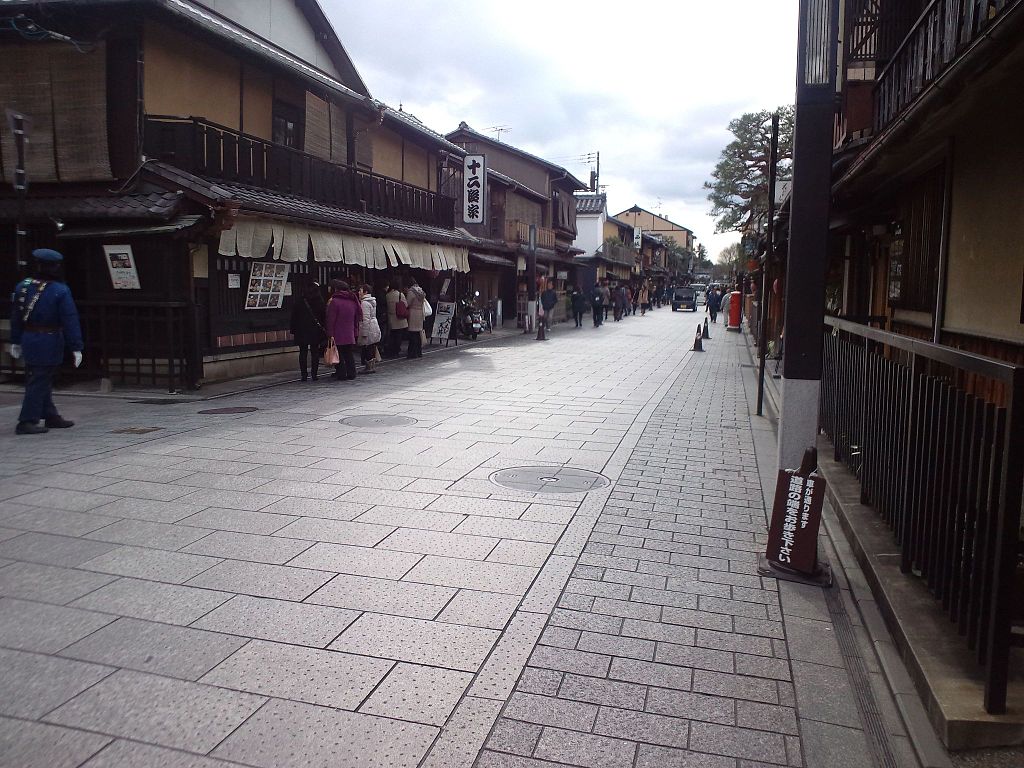Mar 25, 2017
Japan: Where the Streets Have No Name

When Bono was writing “Where the Streets Have No Names” for U2 he was speaking metaphorically about social injustice on the streets of Northern Ireland. But there is a place where most of the streets do not have names and there is nothing metaphorical about it. It may just be common sense. That place is Japan.
Most city locations in Japan are tied more to blocks, which are numbered, and not streets. There are some exceptions like Kyoto and Sapporo but the island is not about to adopt the Western style of wayfinding anytime soon. When you are asking for directions or consulting a map you will see sections marked out with numbers but no names on the thoroughfares in between.
The Japanese addressing system is a mid-20th century take on an identification system started in the Meiji era of the late 1800s when the country moved away from the feudal system and into the world economy. There were apparently too many conflicts with place names and numbers were adopted. The country is not completely devoid of street names. Some streets have been given ceremonial names but are not the foundation for an addressing system.
What’s good about the Japanese addressing system?
First of all, the numbers are more or less sequential. This means that when searching for an address, or block, you will immediately know what part of town it is in and roughly how far away it is. In a western system you would be unlikely to know how far Broad Street is from Main Street or Elm is from Oak. In Japan, you do not have to worry about cross streets when searching for an address.
With the numbered block system you also do not have to worry about how far a named street continues on the city grid or if the name changes en route. Whether a street is “East 21st” or “West 21st” becomes irrelevant so that potential for confusion is gone. The orderliness of the numbers makes finding your destination on a map quick and easy. Japan cities are usually quite generous with their posting of public maps for orientation purposes. Locate your section and pick out your route to your destination.
What’s bad about the Japanese addressing system?
You still have to train yourself to become acquainted with the particular streets in a city that will lead you to your desired block, unnamed thought they may be. Once you reach that block the individual buildings are not addressed sequentially – they are given numbers on the block according to when the structure was erected. The first building on the block is number 1, the second number 2 and so on. While this sounds fraught with difficulty, most Japanese city blocks are relatively small and most confusion will be short-lived.
One more thing about addressing in Japan. Westerners are used to creating addresses beginning with the smallest geographical point and building to the largest. For example, the street address, then the city, then the state. In Japan, addressing is exactly the opposite. Addresses are written with the prefecture first and then the notation works down through cities and wards and blocks as necessary. The same holds true for districts which are comprised of towns and villages.
By Yanajin33 (Own work) [CC BY-SA 4.0], via Wikimedia Commons


About the author